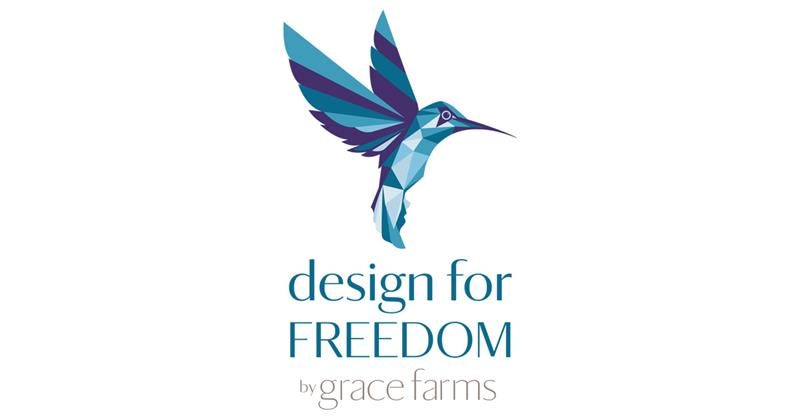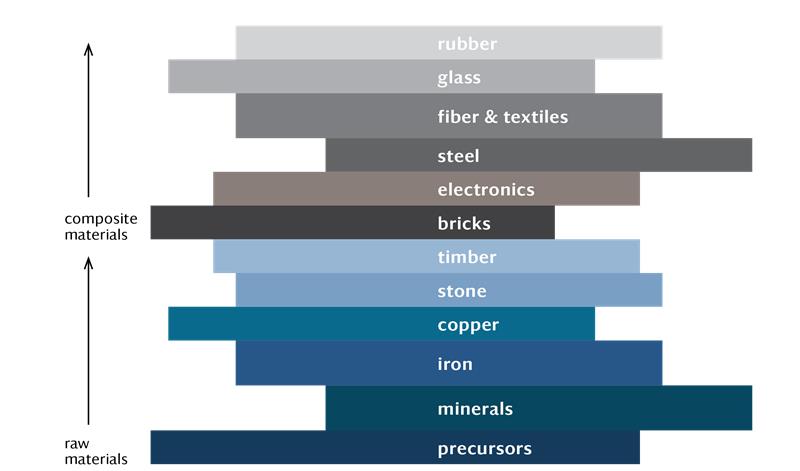
The prevalence of modern slavery is nothing short of an atrocity. With a staggering 25 million people trapped in forced servitude and 152 million children aged five to seventeen subjected to child labor, urgent action is imperative.
The construction industry, due to significant reliance on migrant labor and intricate procurement procedures which can sometimes lead to issues of transparency, is highly susceptible to modern slavery. Additionally, building materials are often sourced through forced labor. The architecture industry can make a profound difference in tackling these challenges.
Grace Farms Foundation, a nonprofit organization that aims to foster more grace and peace in global communities, launched a groundbreaking initiative, Design for Freedom, a multipronged effort addressing systemic forced labor. In 2020, they published a comprehensive toolkit and other valuable resources to assist in tracking modern slavery within the global building material supply chain.
This empowering framework will enable Page to take responsibility for fair labor material sourcing, extending our considerations beyond the construction phase of our projects. Collectively, we must certify that every stage – from harvesting or mining and processing to shipping – adheres to ethical labor practices.
Step One: Education
 By equipping teams with the necessary tools and knowledge to navigate complex supply chain responsibilities, The Design for Freedom framework presents education as a powerful means of tackling modern slavery. Page has a goal of educating the firm, through workshops, to empower teams to refuse manufacturers with a history of forced labor activity.
By equipping teams with the necessary tools and knowledge to navigate complex supply chain responsibilities, The Design for Freedom framework presents education as a powerful means of tackling modern slavery. Page has a goal of educating the firm, through workshops, to empower teams to refuse manufacturers with a history of forced labor activity.
A key aspect includes familiarizing teams with high-risk materials – Page is refining our supply chain tracking process to create a simple resource for teams to easily reference. By understanding which materials are more prone to exploitation, designers can make more informed choices and seek alternatives with ethical practices. This awareness is a shield against unknowingly perpetuating exploitation.
Teams also learn to engage in meaningful dialogues about forced labor, fostering transparency and accountability throughout the supply chain. Open conversations create a collaborative experience between construction teams and suppliers to uphold equality.
Step Two: Commitment
The second step begins with forming a committed team dedicated to a Design for Freedom Pilot Project. Page is in the pursuit of partnering with a client to accelerate the movement towards forced labor-free sourcing. We are encouraged that this partnership will be a testament to the power of transparent design.
Stay tuned for more news about our Pilot Project!
Step Three: Implementation
To achieve a project’s ethical goal, it’s crucial to implement a detailed plan outlining each stage – including identifying key decision-making points, assigning responsibilities to team members, and establishing reporting systems.
This approach clarifies the purpose, scope, and desired impact so everyone involved understands and aligns with the project’s principles. Additionally, it enables effective resource allocation and establishes accountability mechanisms to ensure ethical considerations are appropriately addressed and integrated through the construction lifecycle.
With millions suffering from forced labor, The Design for Freedom initiative represents a transformative, radical paradigm shift required to tackle such an immense problem. By embracing this initiative and working collectively, we can dismantle the chains of slavery and create a better future for all. Let’s join hands and build a world where freedom and dignity are the cornerstones of every project we undertake.